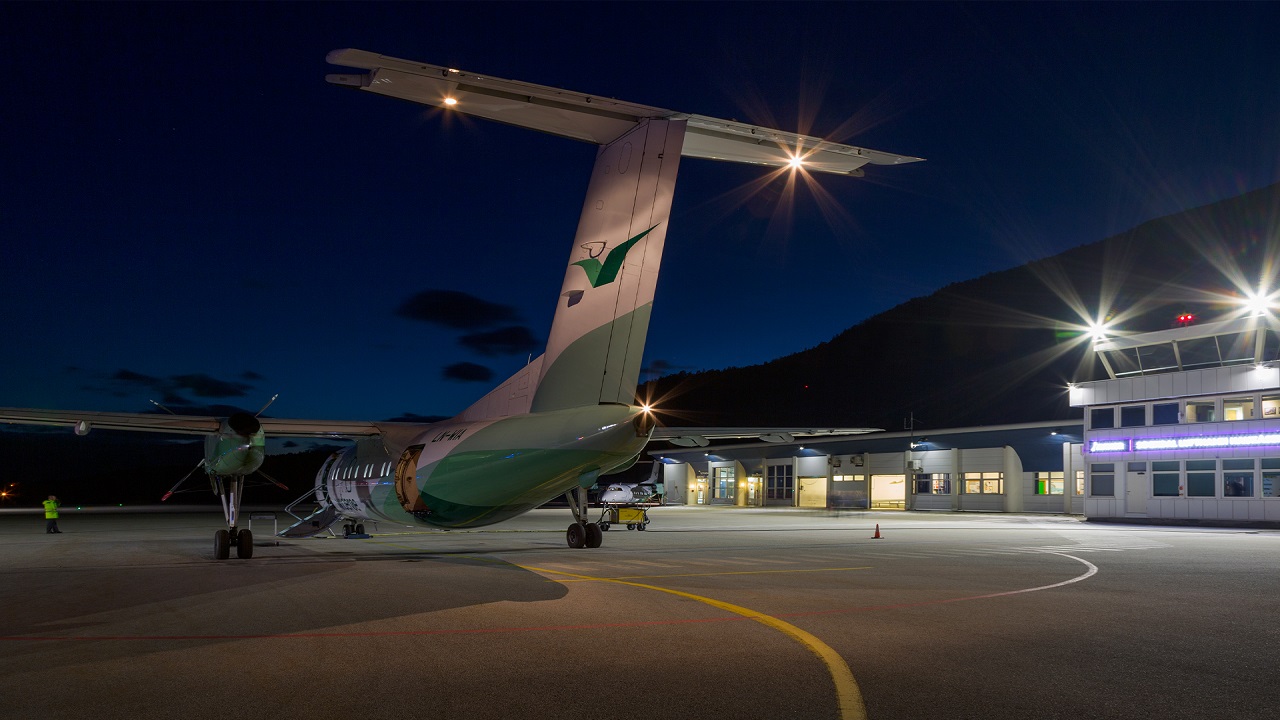Airports are bustling hubs of activity, functioning around the clock to facilitate the movement of people and goods across the globe. Amidst the controlled chaos of runways, terminals, and air traffic, one crucial aspect often overlooked is airport lighting. These lighting systems play a pivotal role in ensuring safe and efficient operations, especially during critical hours of darkness or adverse weather conditions. In recent years, the advent of led area lights has transformed airport lighting, offering unparalleled benefits in terms of efficiency, durability, and environmental sustainability.
Understanding Airport Lighting
Airport lighting encompasses a diverse array of lighting fixtures strategically positioned throughout the airport infrastructure. These lights serve multiple purposes, including guiding aircraft during takeoff, landing, and taxiing, delineating runway and taxiway boundaries, and illuminating critical areas such as aprons, terminals, and parking facilities. The primary objectives of airport lighting are to enhance visibility, facilitate navigation, and ensure the safety of aircraft, passengers, and personnel.
Importance of Airport Lighting
Safety Enhancement
Clear visibility is paramount for pilots navigating aircraft in the complex and dynamic environment of an airport. Properly illuminated runways, taxiways, and signage enable pilots to make informed decisions and execute maneuvers safely, minimizing the risk of accidents or incidents, especially during adverse weather conditions or low visibility scenarios.
Operational Efficiency
Efficient airport lighting systems streamline operations by enabling seamless aircraft movements, optimized ground handling processes, and expedited turnaround times. Well-lit aprons, terminals, and parking areas facilitate efficient aircraft parking, loading, and servicing, contributing to overall operational efficiency and passenger satisfaction.
Regulatory Compliance
Aviation regulatory authorities such as the International Civil Aviation Organization (ICAO) and the Federal Aviation Administration (FAA) prescribe stringent standards and guidelines for airport lighting to ensure compliance with international safety and operational requirements. Adherence to these standards is essential for obtaining and maintaining airport certifications and licenses.
The Rise of LED Area Lights in Airport Lighting
In recent years, Light Emitting Diode (LED) technology has emerged as the preferred choice for airport lighting applications, replacing traditional lighting sources such as incandescent, fluorescent, and high-intensity discharge (HID) lamps. LED area lights offer a myriad of advantages that make them ideally suited for illuminating airport infrastructure:
Energy Saving with LED
LED area lights consume significantly less energy than conventional lighting technologies, resulting in substantial energy savings for airport operators. The high efficacy and precise directional illumination of LEDs minimize light wastage and ensure optimal light distribution, thereby reducing overall power consumption and operating costs.
Everlasting Outdoor LED Lights
Revolve LED area lights boast an impressive lifespan of up to 100,000 hours or more, far surpassing the longevity of traditional light sources. This extended lifespan translates to reduced maintenance requirements and lower replacement costs for airport operators, minimizing disruptions to operations and enhancing reliability.
Enhanced Visibility and Performance
LED area lights deliver superior light quality, uniformity, and color rendering properties compared to traditional lighting sources. The crisp, bright illumination provided by LEDs enhances visibility for pilots, air traffic controllers, and ground personnel, improving situational awareness and operational performance, particularly during night operations or inclement weather conditions.
Conclusion
In conclusion, LED area lights have emerged as transformative technologies revolutionizing airport lighting systems, offering unparalleled benefits in terms of efficiency, longevity, and environmental sustainability. As airports continue to evolve and expand to meet the growing demands of global aviation, the adoption of LED lighting solutions will play a crucial role in ensuring safe, efficient, and environmentally responsible operations for years to come.


